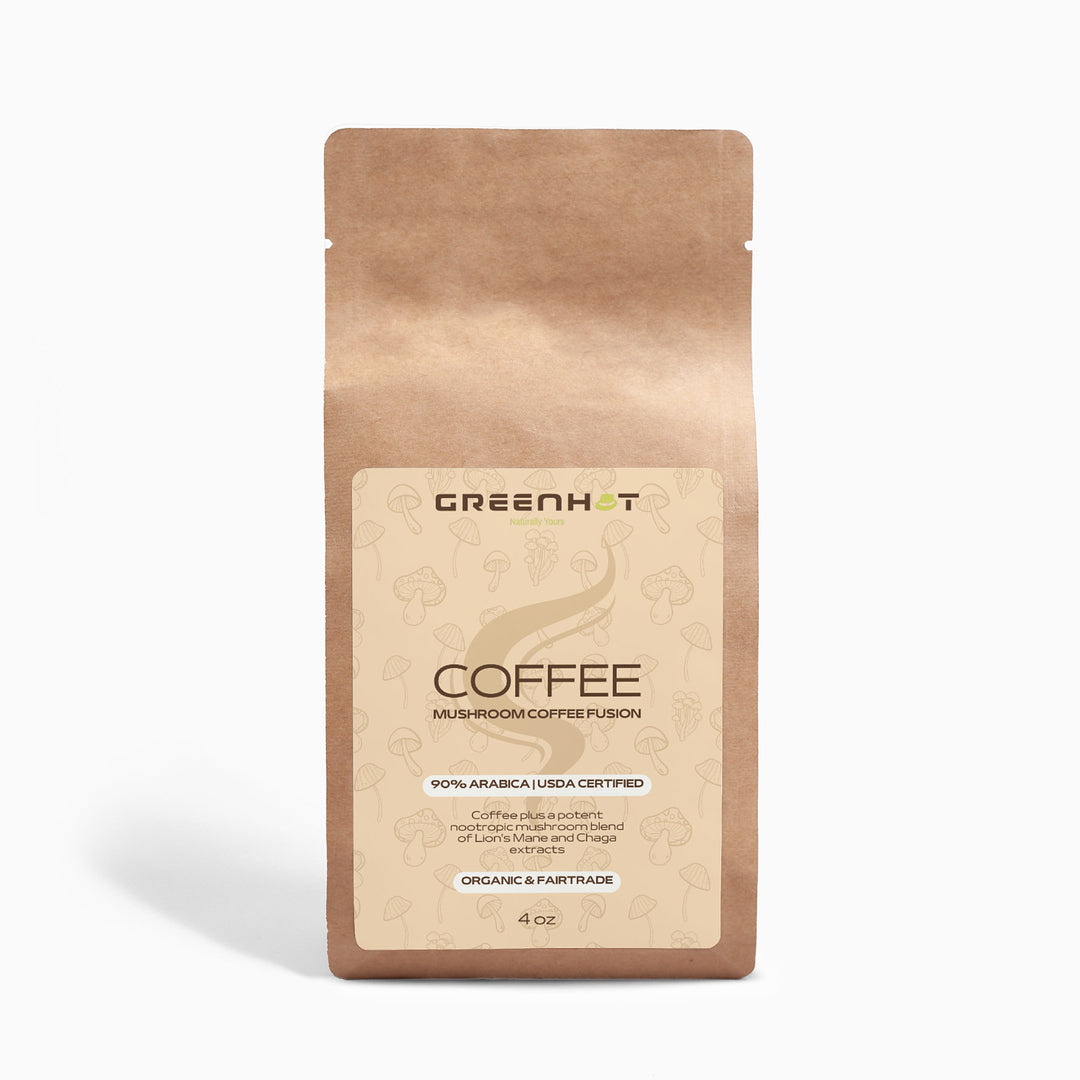Embark on a 7-Day Intermittent Fasting Challenge: A Safe and Insightful Approach

A 7-Day Guide to Safely Implementing Intermittent Fasting in Your Life
Embarking on a journey towards better health can be daunting with the plethora of dietary trends available. Intermittent fasting (IF) stands out as a flexible and popular choice. This comprehensive blog post introduces a 7-day challenge to guide you through a safe intermittent fasting experience, filled with expert insights and daily plans to ensure a manageable and beneficial journey.
Day 1: Grasping the Concept of Intermittent Fasting
The first step in any successful endeavor is understanding what you're embarking on. Intermittent fasting is an eating pattern where you cycle between fasting and eating phases, focusing on when rather than what you eat. It triggers metabolic processes like autophagy and improves insulin sensitivity. This day is about educating yourself on these mechanisms to make informed choices during the challenge.
Day 2: Choosing Your Fasting Method
Intermittent fasting isn't a uniform approach; it offers various methods to fit different lifestyles. These include the 16/8 method (16-hour fast with an 8-hour eating window), the 5:2 diet (normal eating for five days and calorie reduction for two), Eat-Stop-Eat (24-hour fasts weekly), and the Warrior Diet (undereating during the day, one large meal at night). Selecting the right method is crucial for success.
Day 3: Meal Planning and Preparation
Crucial to intermittent fasting is planning meals to ensure nutritional needs are met within the eating window and to stay satisfied during fasting. A balanced diet with a mix of proteins, healthy fats, fiber, vitamins, and minerals is essential. Today's focus is on creating a meal plan that aligns with your fasting schedule.
Day 4: Beginning Your 7-Day Challenge
Today marks the start of your intermittent fasting journey. Whether it's the 16/8 method or the 5:2 diet, begin by acclimatizing your body to the new routine. Listen to your body's hunger and fullness cues, and remember, this journey emphasizes progress.
Days 5-6: Building Fasting Stamina
As the challenge progresses, your body will start adapting to fasting. Gradually extend your fasting periods, stay hydrated, and monitor your body's response. If you encounter any adverse effects like fatigue or dizziness, it's essential to adjust accordingly.
Day 7: Reflecting and Planning Ahead
Use this day to reflect on your fasting experience. Note any physical or mental changes and consider how intermittent fasting might fit into your long-term lifestyle. Planning for the future is key to sustaining your intermittent fasting journey.
Frequently Asked Questions (FAQs)
- Is 7 Days Enough to See Results? While this challenge offers a start, significant changes often take longer.
- Can I Exercise During Fasting? Light to moderate workouts are fine, but adjust based on your body’s response.
- Is Intermittent Fasting Suitable for Everyone? Generally safe for healthy individuals, but those with specific health conditions should consult a healthcare professional.
Conclusion: Embracing Intermittent Fasting
This 7-day challenge is just the beginning of your intermittent fasting journey. It’s not just a diet trend but a lifestyle change that requires a tailored approach. Listen to your body, adjust your routine as needed, and prioritize overall well-being. With the right approach, intermittent fasting can be a beneficial part of your health journey.
For more health and wellness insights, including tips on weight management, visit our blog section for a range of informative articles.





















Leave a comment